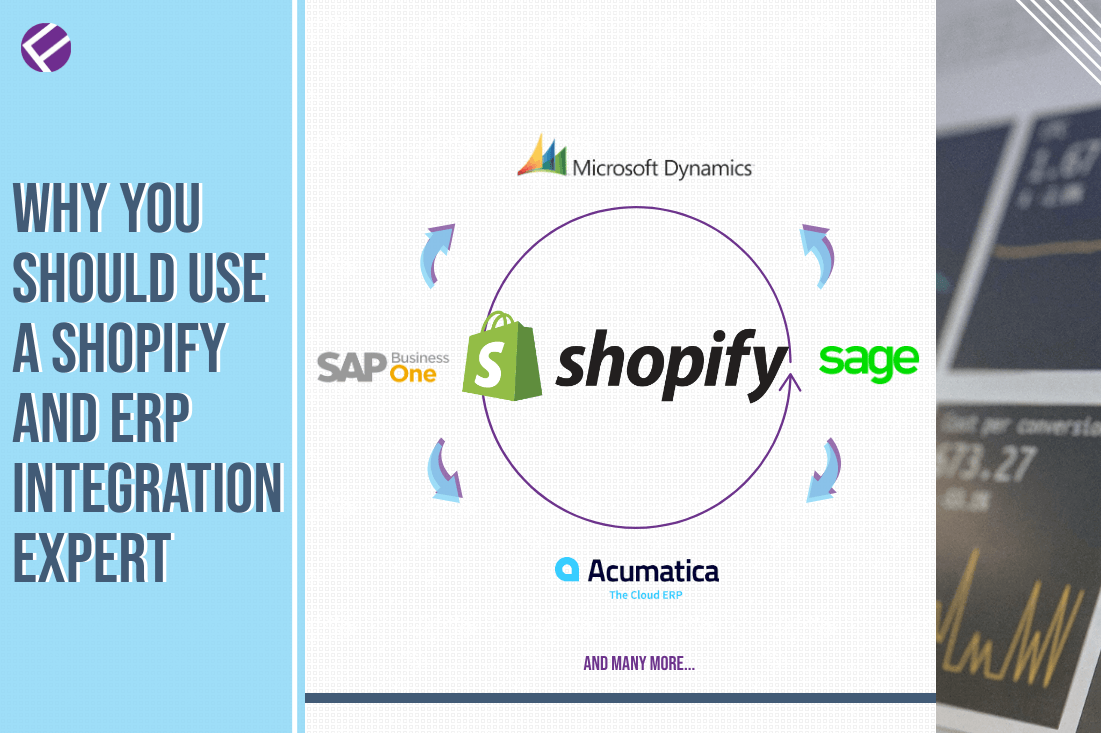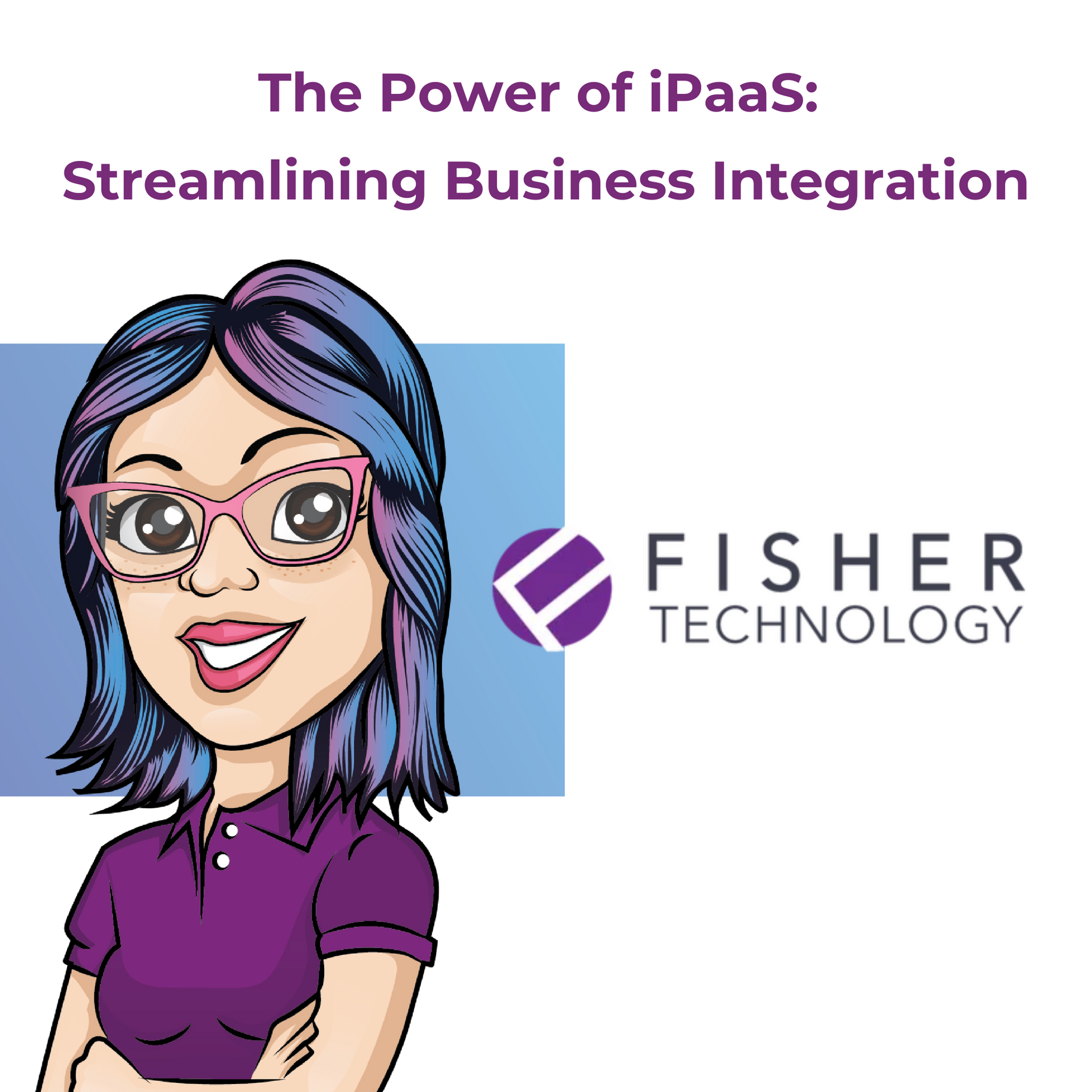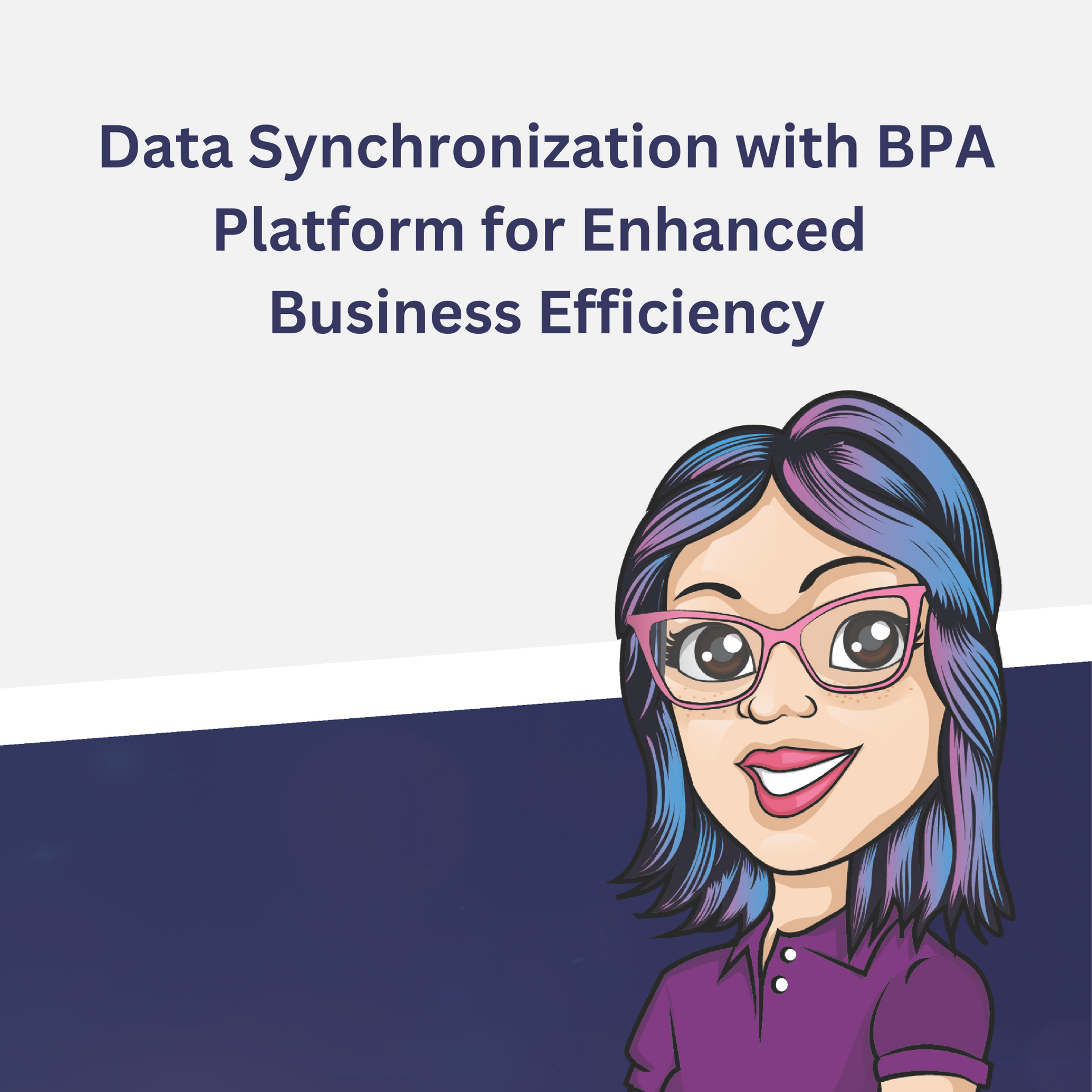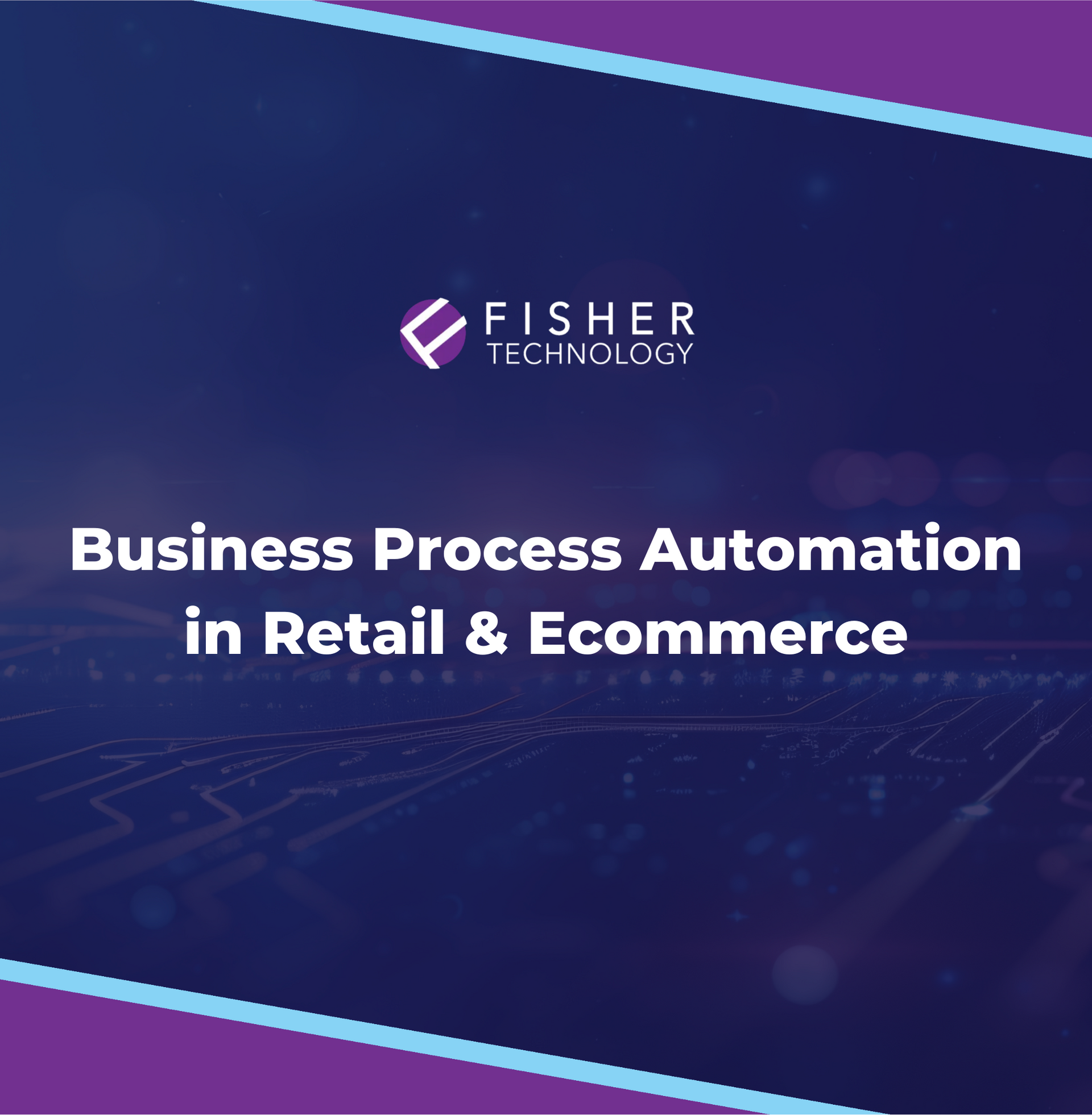Why you should use a Shopify and ERP (Enterprise Resource Planning) Integration Expert

In April 2017, when we originally published this blog, there were over 377,500 small and large businesses that had sold over $29 billion on Shopify. Three years later, those figures have dramatically risen and are now over 1,000,000 small and large businesses that have sold over $155 billion using Shopify!
With the growth in eCommerce there has also been a huge growth in the demand for ecommerce and ERP integrations.
Let's take a look at why an ERP integration is such a big deal?
As your business continues to grow, you may think an integration is a just an add-on, perhaps a luxury. However, as your sales continue to increase, and your capacity to accurately and efficiently move customer data from your eCommerce to your ERP runs short, you are bound to make mistakes, potentially affecting current and future sales. At this point, what appeared to be a “luxury” becomes a necessity. Now not all integrations are the same, so choosing the right expert for your needs is more important than you may think.
Go with a Shopify Expert
Connecting key systems that have a direct effect on your ROI requires expert hands and strong attention to detail. Similar to the accuracy needed when migrating your data from Shopify to your ERP, the code that forms the integration needs to be iron-clad to reduce errors and typos. This way, your orders are processed on-time, with the correct data, and fulfilled to its expected standards.
By integrating Shopify with your ERP, you will also be able to:
- Eliminate duplicate data entry
- Synchronize customer records and inventory
- Shorten order cycle time and shipping
- Synchronize customer records and inventory
We at Fisher Technology have been Shopify experts since June of 2016 and we pride ourselves in the services and ERP integrations we have completed for our B2B and B2C clients. Our Shopify and ERP integrations provide a bi-directional integration that synchronizes data between Shopify and your ERP to make sure that our Shopify integration automates the management of key processes according to your rules, making it a customized experience.
We integrate with many ERP's; including (but not limited to) SAP Business One, Sage, Microsoft Dynamics and Acumatica. Our integration toolset, BPA Platform, is very flexible, and give us numerous options to integrate ERP systems. This flexibility enables us to integrate with many on premise legacy systems, that other integrators can't work with. In addition, we have web service capabilities that enable us to integrate with cloud applications, too.
The #FisherDifference is our attention to detail. We analyze your business’ needs, and we help you define your business process. At the same time, we are able to share with you best practices that we have learnt as eCommerce integrators over the past 8 years. We ask questions! Lots of Questions!
We want to learn about your business and who your customers. So we ask questions about whether you work with B2B, B2C, D2C or all of them. We ask if you already have an online presence. If so, are you moving to a new store or staying with an existing one. How much traffic are you seeing? Are you receiving more orders now than in the past? What information do you want shared between both systems?
By understanding your business, your integration will have everything it needs to run like a well-oiled, data-driven machine.
How to get Ready for a Shopify-ERP Integration
If you are still manually adding data from Shopify to your ERP and losing repeat business due to crucial errors in your customer's’ orders, it's time to integrate your Shopify and ERP!
So how do you get started?
Here are a few essential steps to a successful ERP and eCommerce integration:
Plan, plan, plan: Before you begin to take a look at integrating your platforms, you should have a solid plan that your team will agree upon. Plan for any obstacles that might come into play.
Designate an eCommerce/Shopify champion to lead the project: Having someone heading up the project that understands your business rules and internal processes you would like to improve is going to make the project go much smoother.
Define the needs from your store to your ERP: What information will you need from the system to make your sales process more efficient? Why do you want your store to integrate with your ERP system?
Define the needs from your ERP to your store: Will you need to ask for additional customer information when they’re checking out on your website? Is there information that isn’t being captured currently that would help move contacts from being a lead through to procurement?
Ensure inventory data is reliable:
Identifying where the gaps are in your inventory data before integrating will give you a stronger foundation for the newly integrated programs.
Review other systems you are using, such as warehouse management or third party logistics, and decide if they need to be integrated? And if they do how will the integration work?
Are you ready to setup your smooth integration? Let's schedule a call to find out how a Shopify and ERP integration can help you and your company today!




